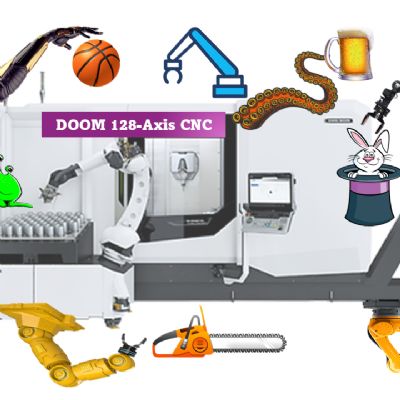Q: How Do I Reduce My Stamping-Die-Maintenance Costs?
June 5, 2024Comments
Normally, a stamper’s largest cost (after raw material) is the labor required to service and maintain the die. This is a major reason why a lot of tool-and-die work has gone overseas. It’s not because overseas workers are smarter, faster or have access to cheaper steel, but because the labor cost, relative to that in the United States, is so cheap. How can we compete with that? By minimizing the labor required to maintain the tooling.
Putting Real Numbers to Downtime
The cost of die maintenance is not based only on the toolmakers’ time and replacement components. Actually, time and components can cost much less than the overall maintenance. In calculating die-maintenance costs, look at the total cost—including the revenue losses incurred when the press is down unexpectedly; other employees’ labor to inspect the parts for defects; the need to reset the job; and management oversight, engineering and planning resources.
For example, if a die is scheduled to run for 6 hr. but the stamper pulls the die out halfway through the run for a broken punch, the firm incurs uplanned downtime costs not included into the sales price. Also, cost estimates often are based on a best-case scenario. Assuming that the punch costs $25 and the toolmaker takes 1 hr. to replace it at a rate of $25 an hour, then the total cost for this unplanned down time is $50, right? Not really; consider other costs, too.










